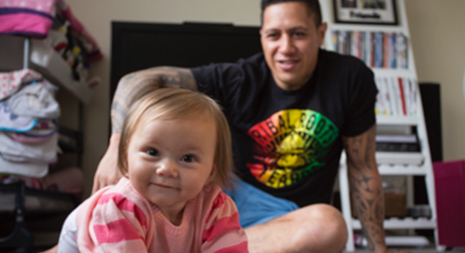Community Law
Your local Community Law Centre can provide you with free initial legal advice.
Find your local Community Law Centre online: communitylaw.org.nz/our-law-centres
Access the free “Pregnancy Rights: Your legal options before and after pregnancy” booklet, here. This booklet contains practical answers to questions about pregnancy and the law, and includes information on sexual health and consent, options after a positive pregnancy test, healthcare, education, housing and more.
Email for a hard copy: publications@wclc.org.nz
Phone: Community Law Wellington and Hutt Valley – 04 499 2928
Family Court
The Family Court website covers many topics discussed in this chapter, including how the family court works, care of children, adoption and paternity.
Website: www.justice.govt.nz/family
New Zealand Law Society
The Law Society has helpful information on what happens with children when parents separate.
Website: www.lawsociety.org.nz/for-the-public/common-legal-issues/what-happens-to-your-children-when-you-part
Inland Revenue
Inland Revenue’s Child Support webpage has a wide range of forms and guides for parents and caregivers.
Website: www.ird.govt.nz/topics/child-support
Phone: 0800 221 221
Aotearoa New Zealand Association of Supervised Contact Services (ANZASCS)
The ANZASCS website has information about supervised contact and lists contact details for approved providers of supervised contact services.
Website: www.anzascs.org.nz
Alternative Dispute Resolution
There are many kinds of “alternative dispute resolution” that, depending on your personal situation, may be cheaper and more successful than going to the Family Court. These include counselling, mediation and negotiation. The following list is not exhaustive:
Resolution Institute: www.resolution.institute
Website: www.aminz.org.nz
Arbitrators’ and Mediators’ Institute of New Zealand Inc (AMINZ): www.fdrc.co.nz
FairWay: www.fairwayresolution.com
Family Works: www.familyworkscentral.org.nz
Oranga Tamariki/Ministry for Children
Oranga Tamariki’s website has information about the adoption process.
Website: www.orangatamariki.govt.nz/adoption/adopting-in-nz
Phone: 0508 326 459
Department of Internal Affairs
The DIA website has information on how to obtain original birth certificates for adopted children.
Website: www.govt.nz/browse/family-and-whanau/adoption-and-fostering/finding-your-birth-parents
Registering your child’s birth
The Smartstart website allows you to register your baby’s birth online.
Website: www.smartstart.services.govt.nz/register-my-baby

